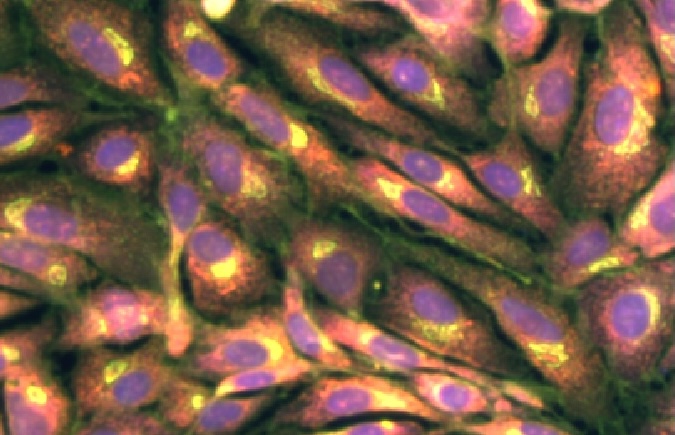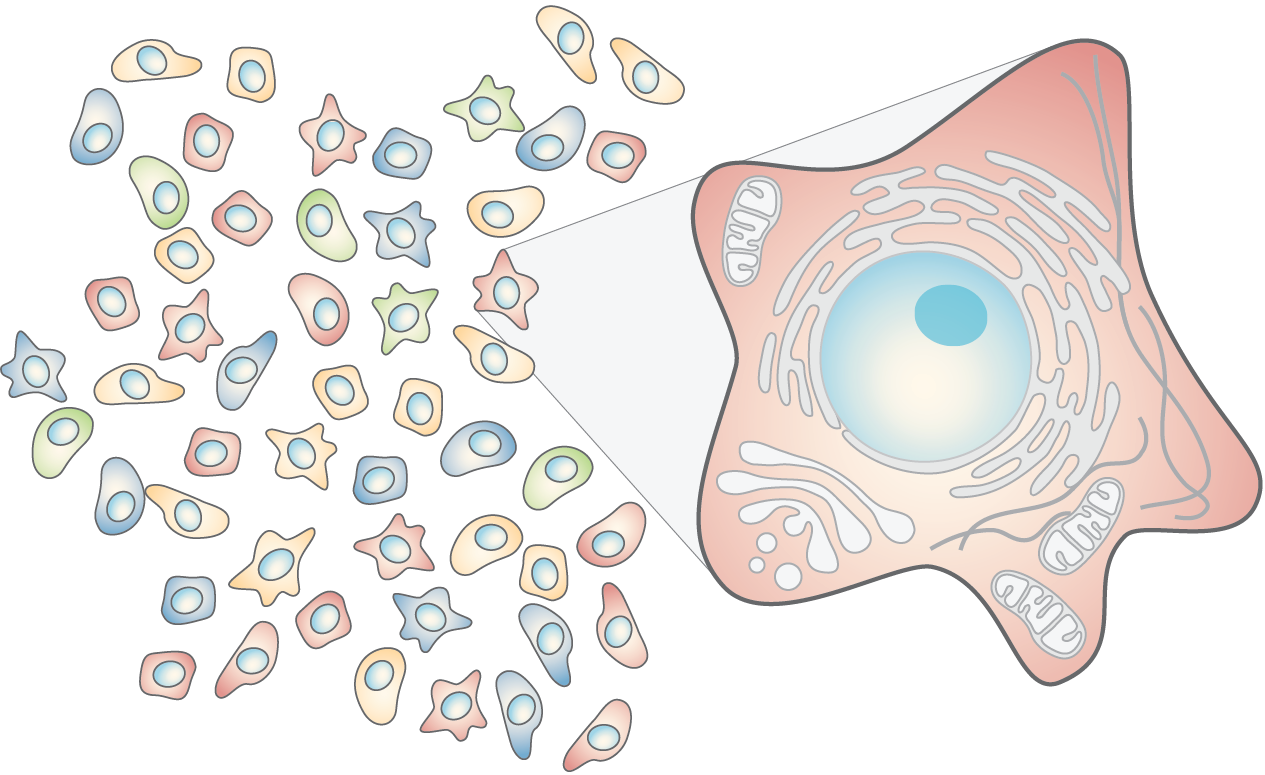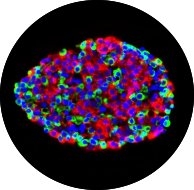Projects
We value collaborating closely with scientists and other stakeholders across government, industry, and academia. This allows us to bridge the gap between academic research and practical, real-world applications.
Ongoing

We are measuring Cell Painting and metabolomics in human cells after exposing them to a panel of pesticides. The objective is to detect common modes-of-action to provide a rational basis for evaluating the risk of exposure to pesticide mixtures.

Our goal is to assess the combination of Cell Painting, transcriptomics and proteomics in a variety of cell models for safety assessment of drugs, pesticides, and environmental contaminants, using hepatotoxicity as test case. We are a precompetitive collaboration between 31 academic, non-profit, industry, and government institutions.

In this project, we are applying deep learning methods to images of H&E-stained tissue slides collected after exposing rodents to carcinogens to investigate mutagenic and non-mutagenic modes-of-action at a spatially-resolved, single-cell level. This project is in collaboration with the United States NIEHS and the Coorens Lab at EMBL-EBI.
Previous
Before starting her lab, Jess worked on several large projects that continue to inspire (and connect!) the Ewald Lab. Browse to explore the kind of collaborative work we strive to emulate.

The EcoToxChip is a toxicogenomics New Approach Method (NAM) purposefully designed for use in chemical prioritization and environmental management activities.

JUMP (Joint Undertaking for Morphological Profiling) Cell Painting is an effort to produce data and resources to make use of Cell Painting data. The Ewald Lab uses JUMP data for benchmarking and transfer learning.

HumanIslets.com brings together five omics types and 74 in vivo and in vitro metadata for ~550 donors. This is the type of integrative, user-friendly tool that the Ewald Lab hopes to build!